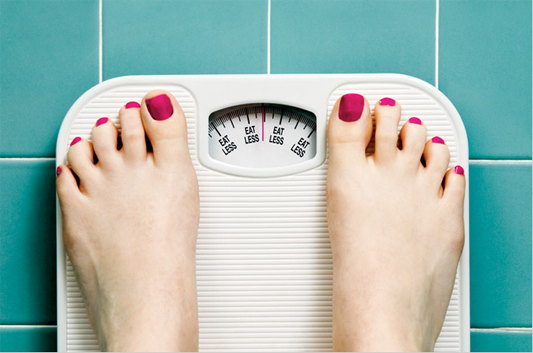*[Warning: This article contains potentially triggering content.]*
Society’s ideal appearance is based upon the impeccable standards established and promoted through the media. It is difficult not to be pressured to slim down when emaciated models and celebrities are constantly defined as beautiful. Just as challenging, however, is to resist the allure of joining social media sites, especially in such a technology-heavy culture. The result of the two is online communities that allow people, particularly female adolescents, to find comfort and inspiration when striving to reach extremely underweight measurements.
Typing in keywords like “thinspiration”, “thinspo”, “pro-ana”, and “pro-mia” (just to name a few) into the search engines of popular websites exposes one to the detrimental mindsets of many young teens. For the sake of research, I type “thinspiration” into the search box of a website. In a matter of seconds, images of gaunt girls and appalling quotes fill the page. Before I am able to click on them, a message from the site inquires if “you or someone you know is dealing with an eating disorder, self-harm issues, or suicidal thoughts”, then suggests a visit to their page for assistance. A similar statement is present on other websites when searching with the same tags.
After confirming that I am aware of their services, I get a grasp of the online community members’ daunting perception of what it means to be attractive. Some of the most common posts include; “If I can’t be the pretty one, I want to be the skinny one,” “I only feel beautiful when I’m hungry,” “One day I will die of skinny, and it will be the happiest day of my life,” and “I want to see my bones.” Pictures of girls with protruding collar bones, hip bones, and rib cages; thin wrists and flat stomachs; and stick-like legs with gaps between the thighs represent the perfect body they must work for.
The individual blogs share tips on how to persist through hunger pains and avoiding suspicion from peers. Their own weight and goal weights are also included to get a clearer insight. These weights, however, are usually in the underweight to extremely underweight category based on their heights. Bloggers claim that they do not recommend individuals to visit their page if they are in recovery or do not want to get triggered into an eating disorder. They advise to follow what they want as each of them is simply abiding to a lifestyle he or she chooses and should not be frowned upon. Victims express their experience with misunderstandings and isolation in environments like hospitals and even by friends and family. By following and sharing each other’s perseverance and results with eating disorders, members feel wanted and safe.
Nevertheless, it is important to realize the dangers of this easily accessed and growing community focused on eating disorders, for its potential detrimental influences on youth. In hopes to ensure a safer community and online network, restrictions should be created when utilizing these social networking websites. Even as someone who is not suffering from an eating disorder, I still face insecurities when it comes to physical attributes. To consistently view girls that are skinnier or prettier than me will simply lower my self-esteem and can push me to the wrong route in the same way it can persuade others. The members of our society need to realize that beauty is versatile in its meaning, but ultimately exemplifies health and confidence.
Featured Image: Amazing Assets




Be the first to comment on "The Weight of Being Thin: How Social Networking Websites Foster Communities for Eating Disorders"